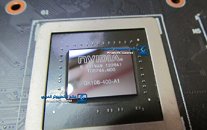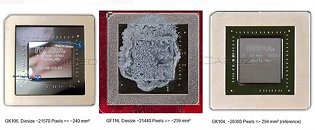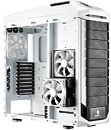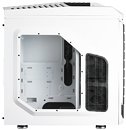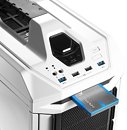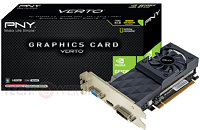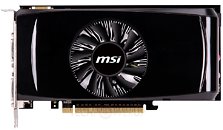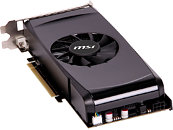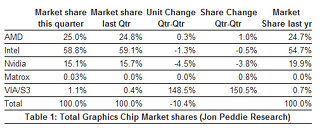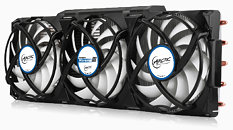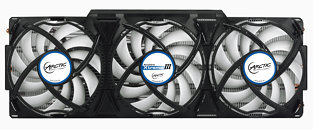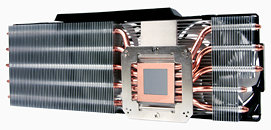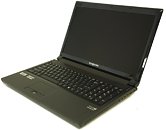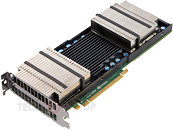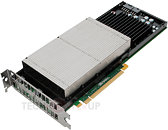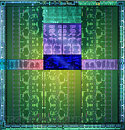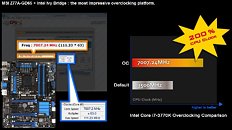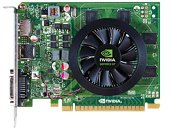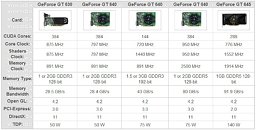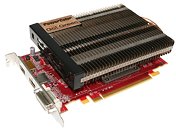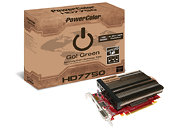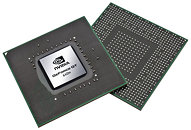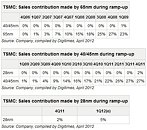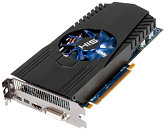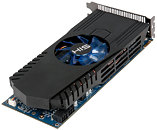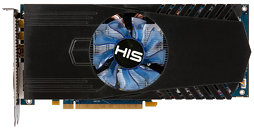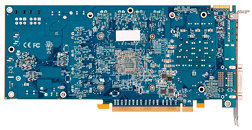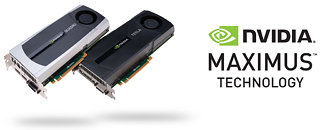ARM Announces POP IP Technology for Mali-T600 Series GPUs
ARM today introduced the first POP IP solution for ARM Mali-T600 series graphics processor units (GPUs). This latest offering of POP IP -- core-hardening acceleration technology that produces the best implementations of ARM processors in the fastest time-to-market -- is optimized for the Mali-T628 and Mali-T678 on TSMC 28 nm HPM process technology. Mali GPUs go into a variety of end devices, including a wide range of smartphones, from high performance to mass market, as well as tablets and smart TVs. It is critical that designers can optimize their Mali GPU for their selected end applications.
Developed in synergistic collaboration by ARM's Media Processing and Physical IP divisions, the optimized POP IP technology has been created to produce the most efficient GPU implementations at 28 nm. The POP IP enabled Mali-T600 series GPU implementation results in superior performance density/watt, and significant silicon savings. Benefits of this POP IP have been proven to deliver up to 27 percent higher frequency, 24 percent lower area, and 19 percent lower power than implementations which do not use POP IP.
Developed in synergistic collaboration by ARM's Media Processing and Physical IP divisions, the optimized POP IP technology has been created to produce the most efficient GPU implementations at 28 nm. The POP IP enabled Mali-T600 series GPU implementation results in superior performance density/watt, and significant silicon savings. Benefits of this POP IP have been proven to deliver up to 27 percent higher frequency, 24 percent lower area, and 19 percent lower power than implementations which do not use POP IP.


